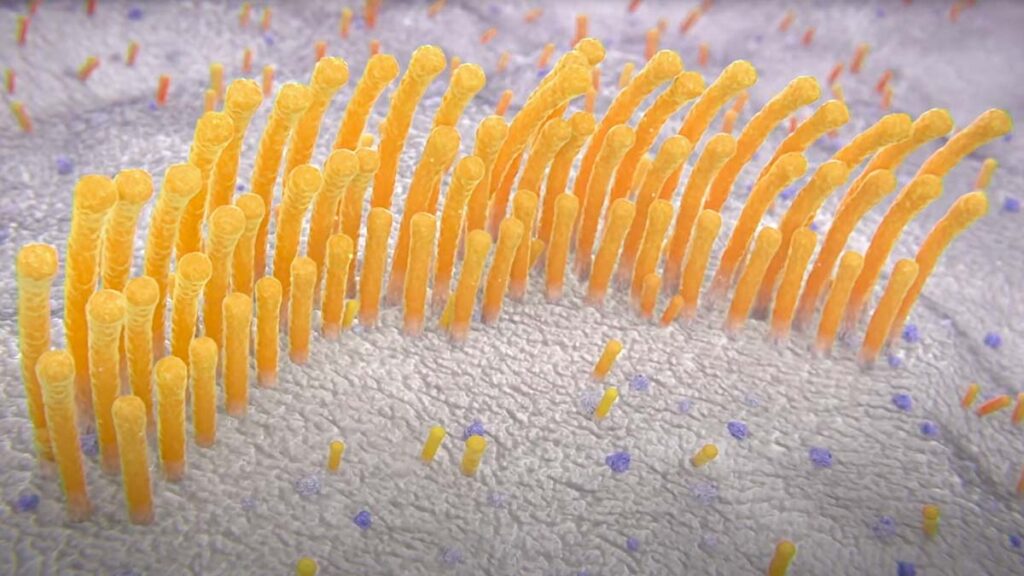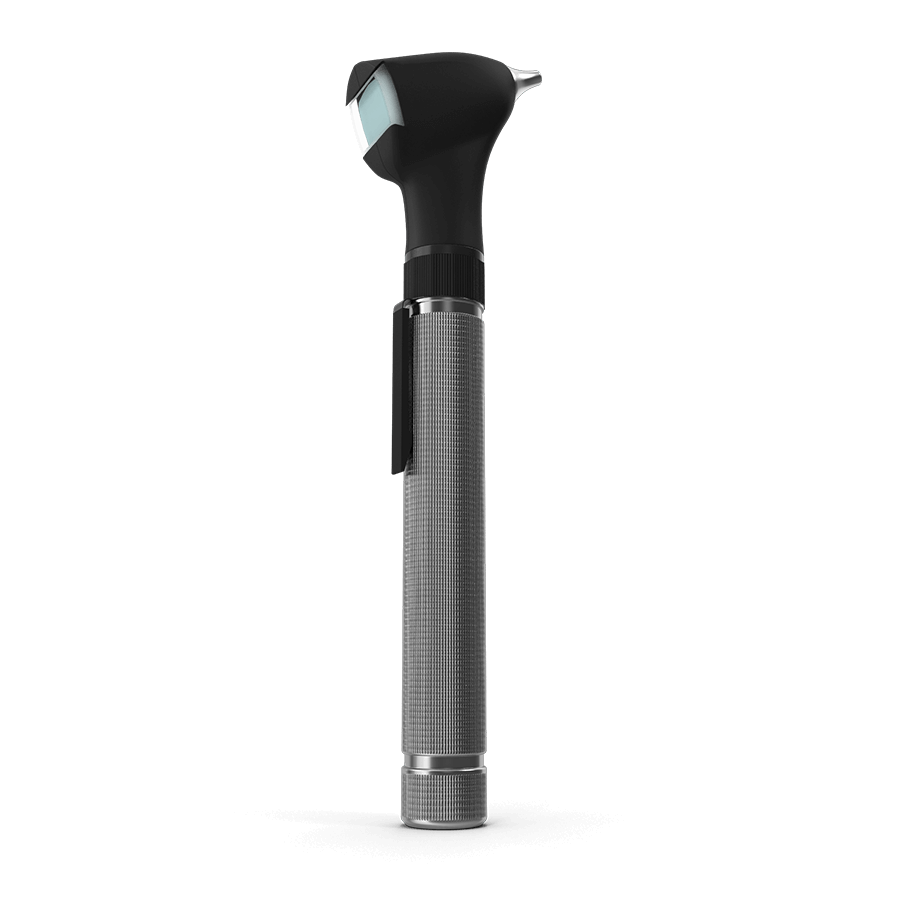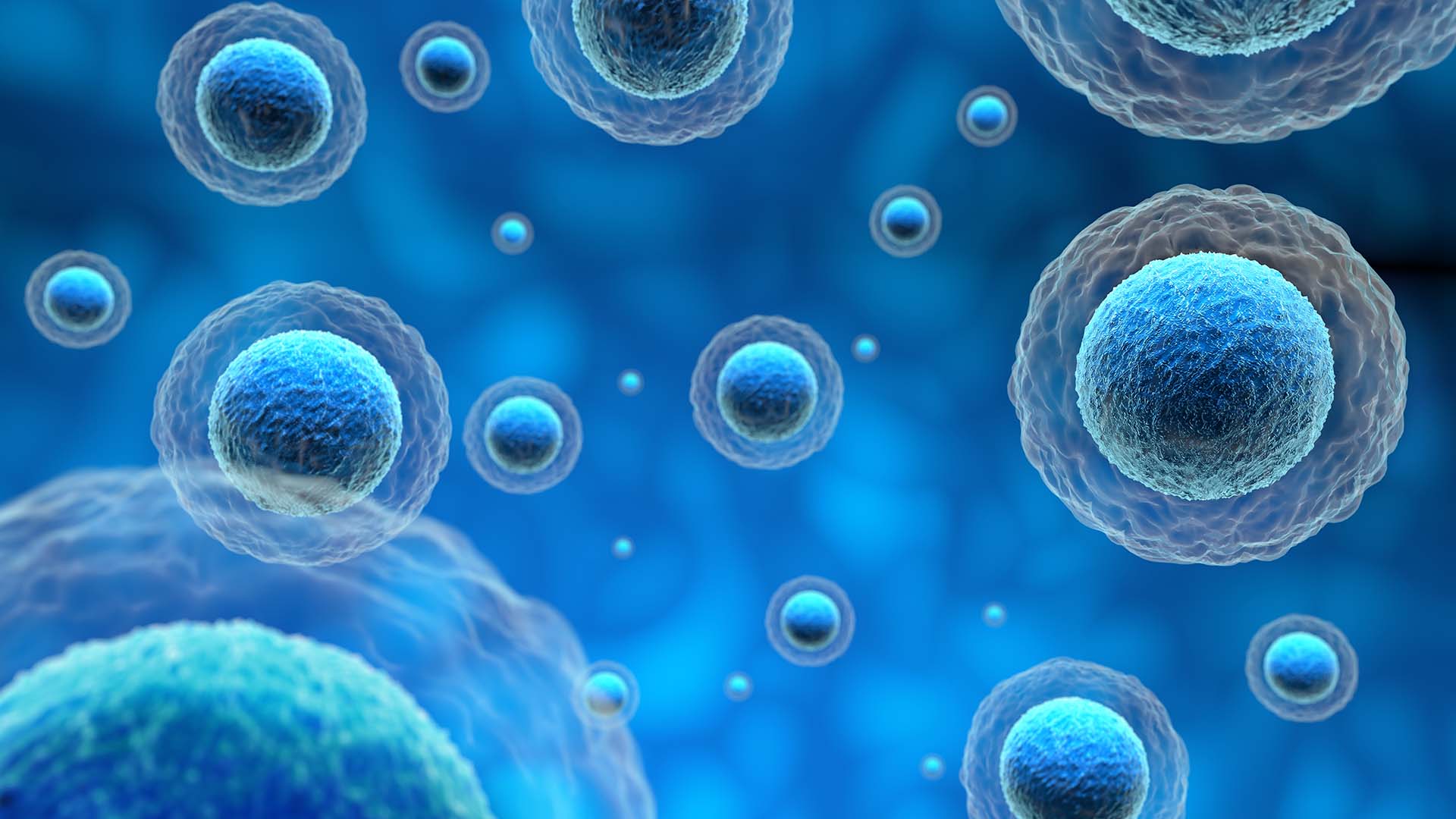Table of Contents
Introduction
Hearing loss is a widespread issue that profoundly affects quality of life, especially for older adults. Over 430 million people worldwide live with disabling hearing loss, a figure that is rising as societies age. Current solutions—hearing aids and cochlear implants—amplify or bypass damaged structures but do not repair them. The core cause is usually damage to the delicate sensory cells of the inner ear, which do not regrow naturally. Regenerative therapies aim to restore hearing by replacing or reviving these lost cells.
Why Hearing Loss Is Permanent
In the cochlea, tiny hair cells convert sound vibrations into electrical signals. Humans are born with a finite number of hair cells; once destroyed by ageing, noise, or ototoxic drugs, they are gone for good. Unlike birds and fish, adult humans lack a natural mechanism to regenerate hair cells, making hearing loss effectively irreversible. This fundamental biological barrier is what regenerative science hopes to overcome.
Stem‑Cell Strategies for Inner‑Ear Repair
Researchers can coax stem cells into becoming hair cells or auditory neurons in the lab. In a landmark 2012 study, transplanted human stem‑cell‑derived auditory neurons partly restored hearing in deaf gerbils—proof that new cells can wire into the inner ear and convey sound. The next step is translating this success to humans. UK‑based Rinri Therapeutics plans the first human trial of a stem‑cell therapy (Rincell‑1) in 2025, aiming to repair auditory‑nerve wiring in sensorineural hearing loss.
Activating the Ear’s Own Regeneration
Another approach is to trigger self‑repair inside the ear. Drug cocktails that reactivate developmental genes can persuade supporting cells to transform into new hair cells. A 2023 mouse study used small molecules to regenerate functional hair‑cell‑like cells, restoring partial hearing. Early human trials with similar “pro‑regenerative” drugs, such as the REGAIN study in Europe, showed safety and early hints of benefit, though larger studies are needed to confirm efficacy.
Gene Therapy: Fixing Faulty Code
Gene therapy offers two routes: replacing missing genes that cause hereditary deafness, and reprogramming adult ear cells to regenerate. In 2024, children born deaf due to OTOF mutations regained measurable hearing after receiving a healthy copy of the gene via a harmless virus. Meanwhile, trials delivering ATOH1 and other developmental genes to the cochlea seek to spark new hair‑cell growth in adults.

Challenges and Ethical Considerations
Delivering therapies safely into the tiny, delicate cochlea is technically demanding. Gene and cell therapies carry risks such as unwanted immune reactions or incorrect cell growth, while long‑term durability is still unknown. Cost and equitable access are also concerns: advanced biological treatments may be expensive at first. Rigorous clinical trials and transparent regulation are essential to ensure safety, effectiveness and fairness.
Conclusion
Regenerative hearing research has moved from dream to early clinical reality. Stem‑cell transplants, gene fixes and molecular triggers are steadily progressing, offering the possibility of restoring natural hearing rather than merely amplifying sound. While widespread clinical availability is still years away, momentum is building toward a future where lost hearing can be biologically repaired—returning the full richness of sound to millions.
References
World Health Organization – “Deafness and Hearing Loss — Key Facts.”
Groves AK. “The Challenge of Hair Cell Regeneration.” Exp Biol Med. 2010;235(4):434‑446. https://pubmed.ncbi.nlm.nih.gov/20348447/
Rivolta M et al. “Stem‑Cell–Derived Auditory Neurons Restore Hearing in Deaf Gerbils.” Nature. 2012. https://www.nature.com/articles/nature11415
Schilder AGM et al. “Gamma‑Secretase Inhibitor for Hair‑Cell Regeneration: First‑in‑Human Trial.” Nat Commun. 2024. https://www.nature.com/articles/s41467-024-48311-7
Wang H et al. “Bilateral OTOF Gene Therapy Restores Hearing in Children with Deafness Type 9.” Nat Med. 2024. https://www.nature.com/articles/s41591-024-02967-3









